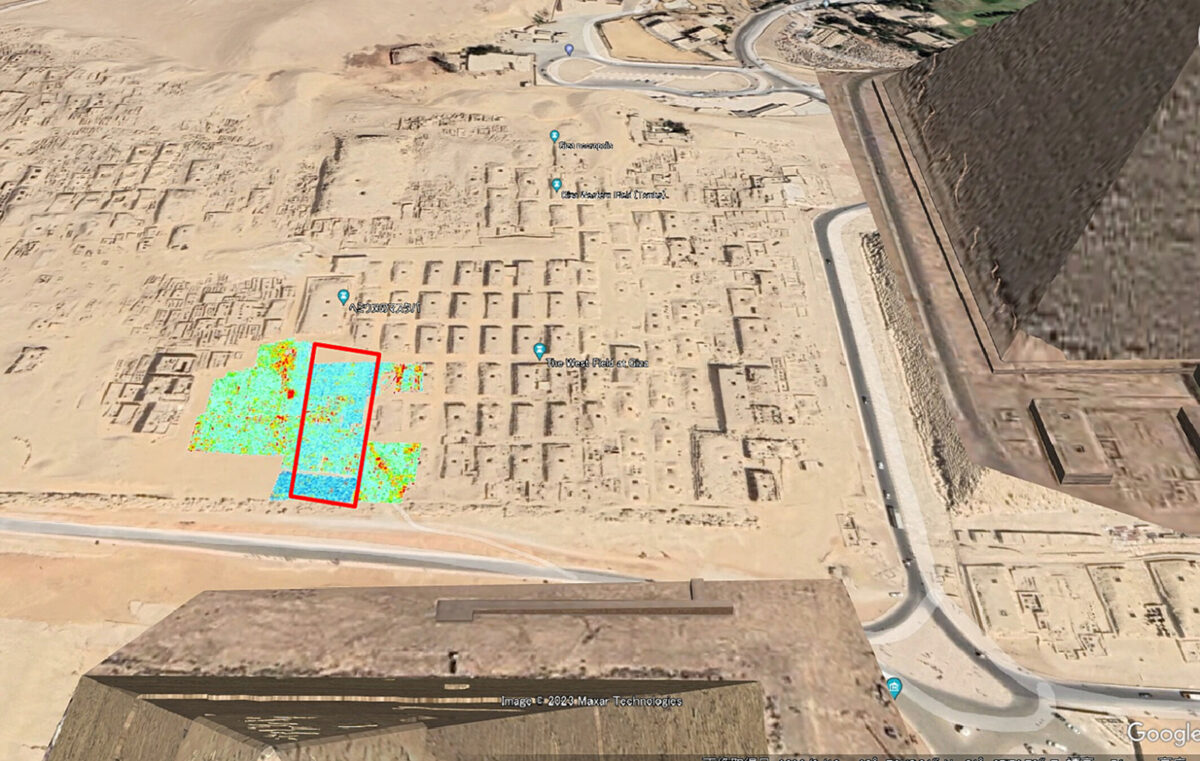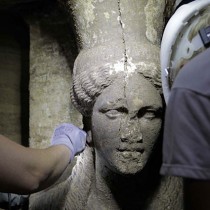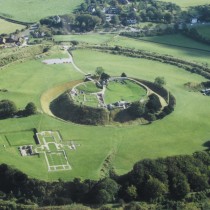A geophysical exploration employing ground-penetrating radar (GPR) and electrical resistivity tomography (ERT) was conducted at the Western Cemetery, Giza, Egypt, in 2021–23 by a joint research team of Higashi Nippon International University, Tohoku University and the National Research Institute of Astronomy and Geophysics (NRIAG), Helwan, Egypt.
Researchers believe they have found an anomaly: a combination of a shallow structure connected to a deeper structure. The shallow structure, which is L-shaped in the horizontal plane, 10 m by 10 m, was clearly imaged by GPR.
It seems to have been filled with sand, which means it was backfilled after it was constructed. It may have been an entrance to the deeper structure. Its depth is of up to 2 m, measured from the ground surface. Below this structure, ERT reveals a highly electrically resistive anomaly, which extends over an area of about 10 m by 10 m.
The depth of the structure is about 5–10 m below the surface. Electrically resistive material in a sand dune can be a mixture of sand and gravel, including sparse spacing or air voids within it. Neither GPR nor ERT could identify the properties of the anomaly.
Motoyuki Sato, Ryuma Saito, Abbas Mohamed Abbas, Hany Mesbah, Ayman Taha, Wael R. Gaweish, Mohamed Aldeep, Ahmed M. Ali, Hiromasa Kurokouchi, Kazumitsu Takahashi, Gad El-Qady, Sakuji Yoshimura , GPR and ERT Exploration in the Western Cemetery in Giza, Egypt. DOI: https://doi.org/10.1002/arp.1940





